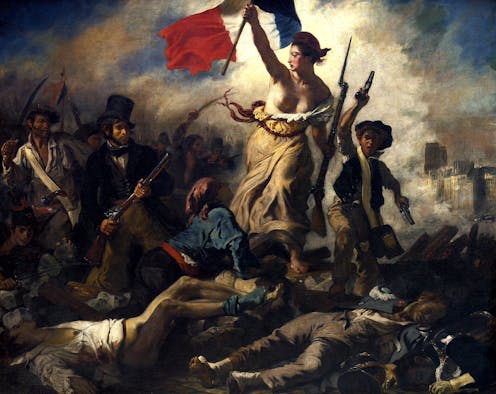Does history have lessons for the future? Roman Krznaric looks to the past to discover the rules for radical hope
- Written by The Conversation

Answers to the question about the lessons of history generally oscillate between two extremes. One is summed up in the 1905 aphorism of the Spanish-American philosopher George Santayana: “Those who cannot remember the past are condemned to repeat it.” The other is the famous opening to the English novelist L.P. Hartley’s The Go-Between (1953): “The past is a foreign country: they do things differently there.”
Can we draw direct lessons from history, or was the past so different as to tell us little about current challenges and their solutions? Most commonly, historians assert the uniqueness of past events while insisting that an historical perspective – evidence-based, thorough, sceptical, holistic – results in richer cultural awareness and wiser public policy.
Recently, more than 30 historians contributed to a collection titled Lessons from History: Leading Historians Tackle Australia’s Greatest Challenges, edited by Carolyn Holbrook, Lyndon Megarrity and David Lowe from the Australian Policy and History Network. They argued compellingly for the lessons to be learned from key moments in Australian history, and for how closer knowledge of the successes and failures of that history would produce better policy in future.
History for Tomorrow: Inspiration from the Past for the Future of Humanity – Roman Krznaric (W.H. Allen)
Roman Krznaric’s latest book, History for Tomorrow: Inspiration from the Past for the Future of Humanity, is a far bolder version of this approach. He explores what we can learn from the last 1,000 years of global history to tackle urgent issues ranging from the climate crisis to the risks of artificial intelligence.







